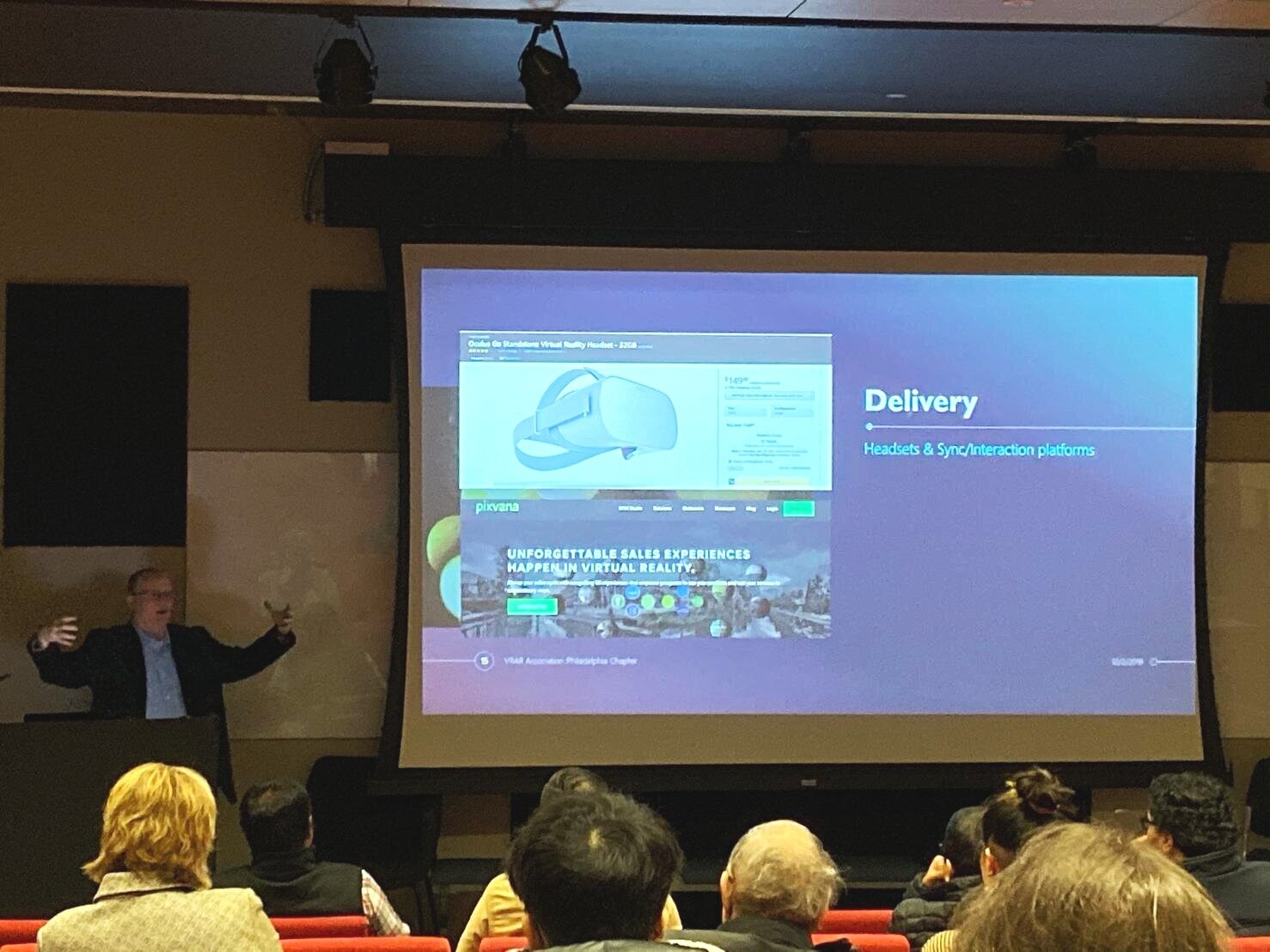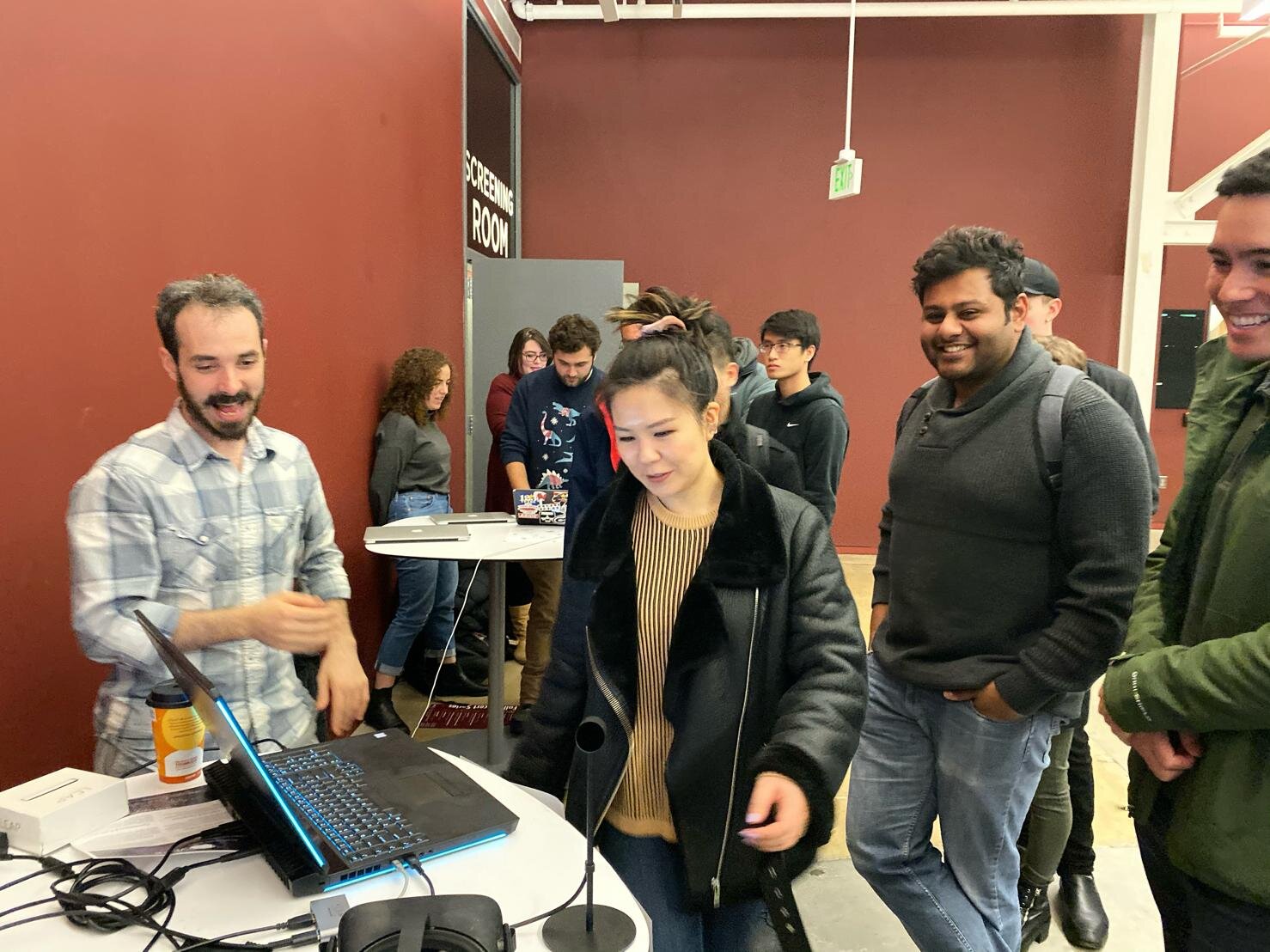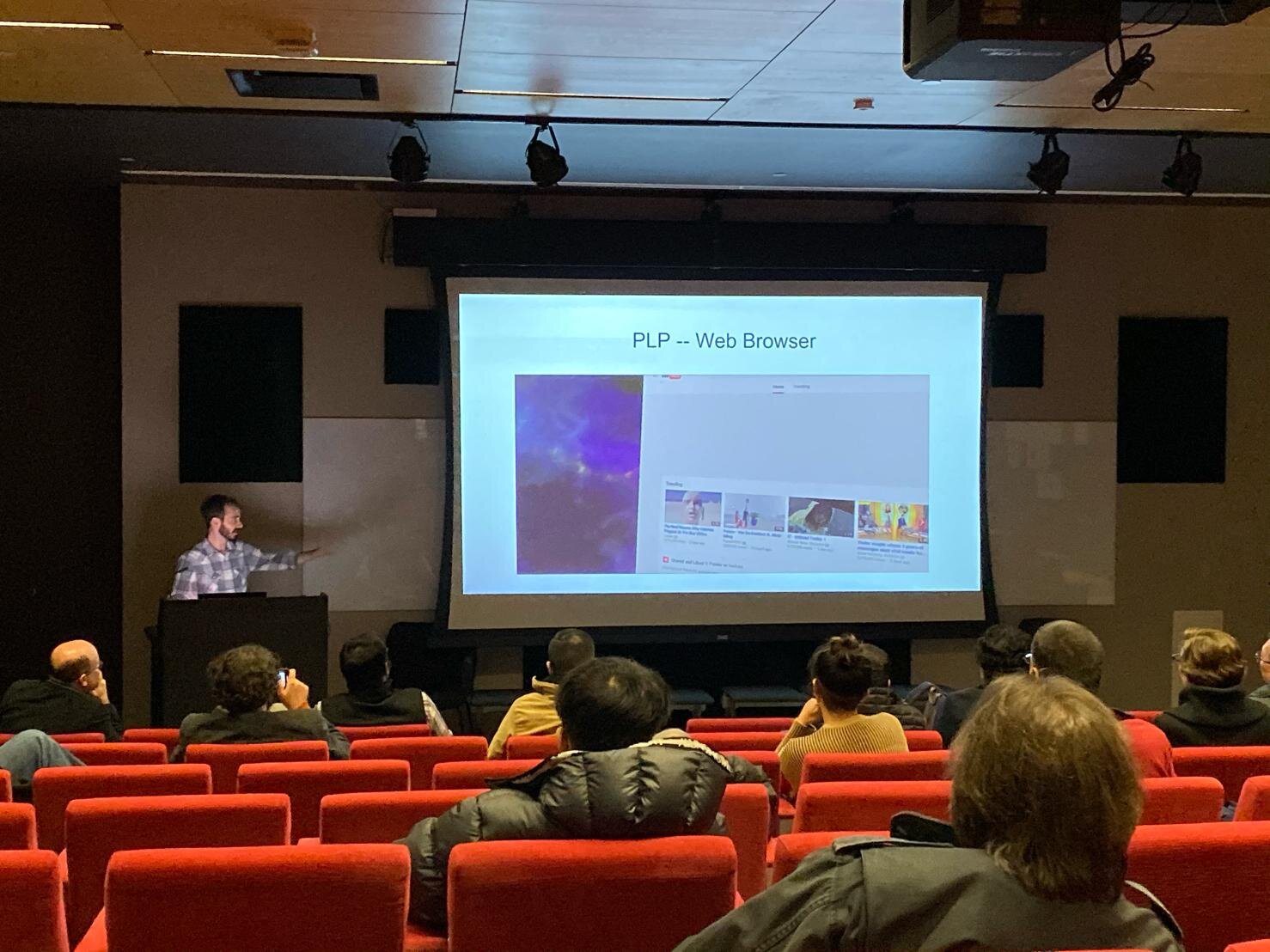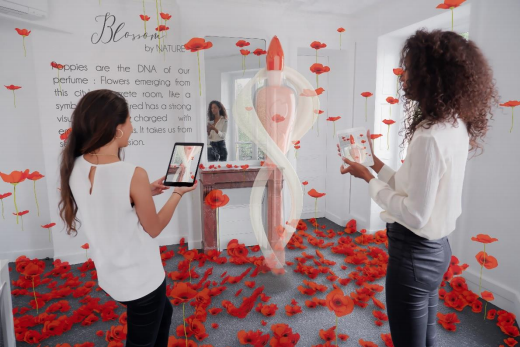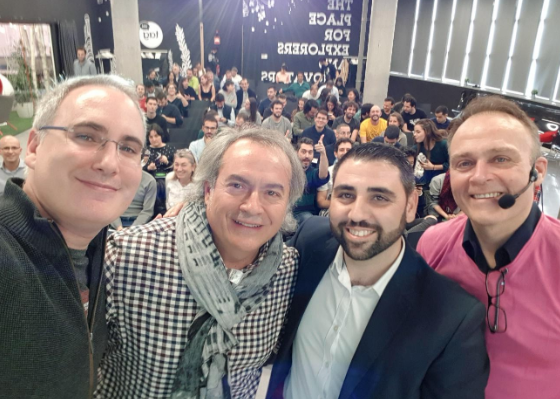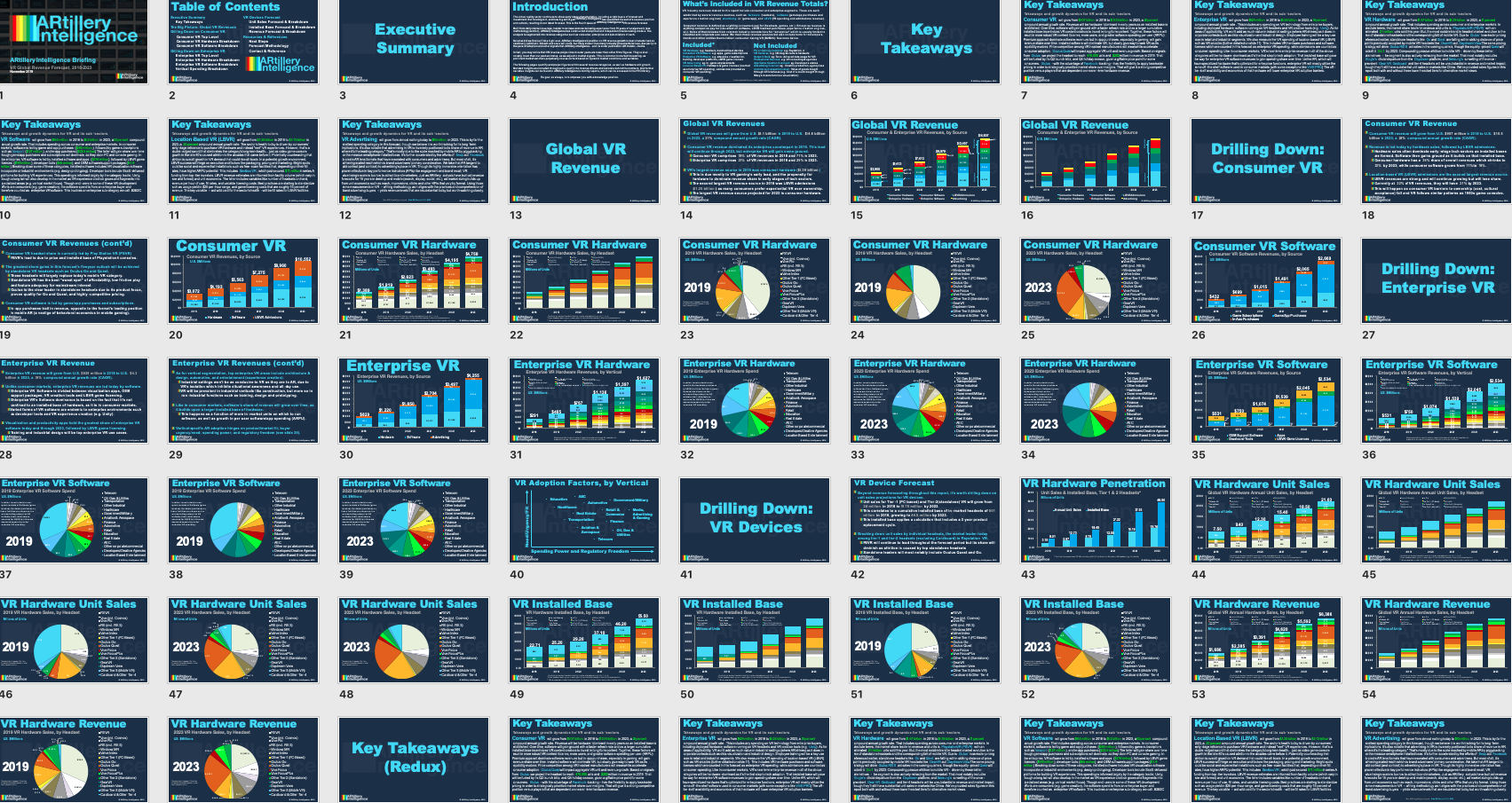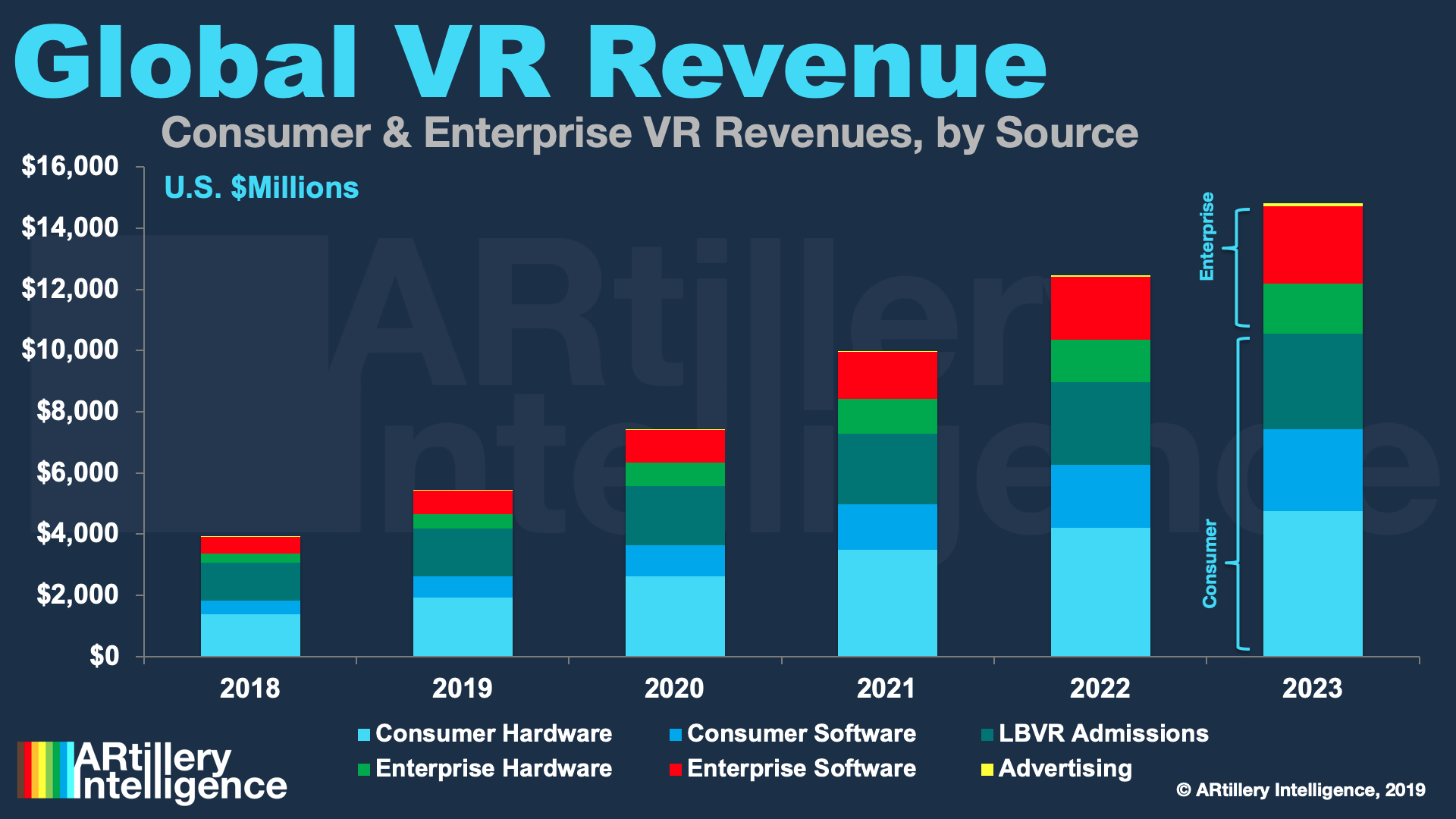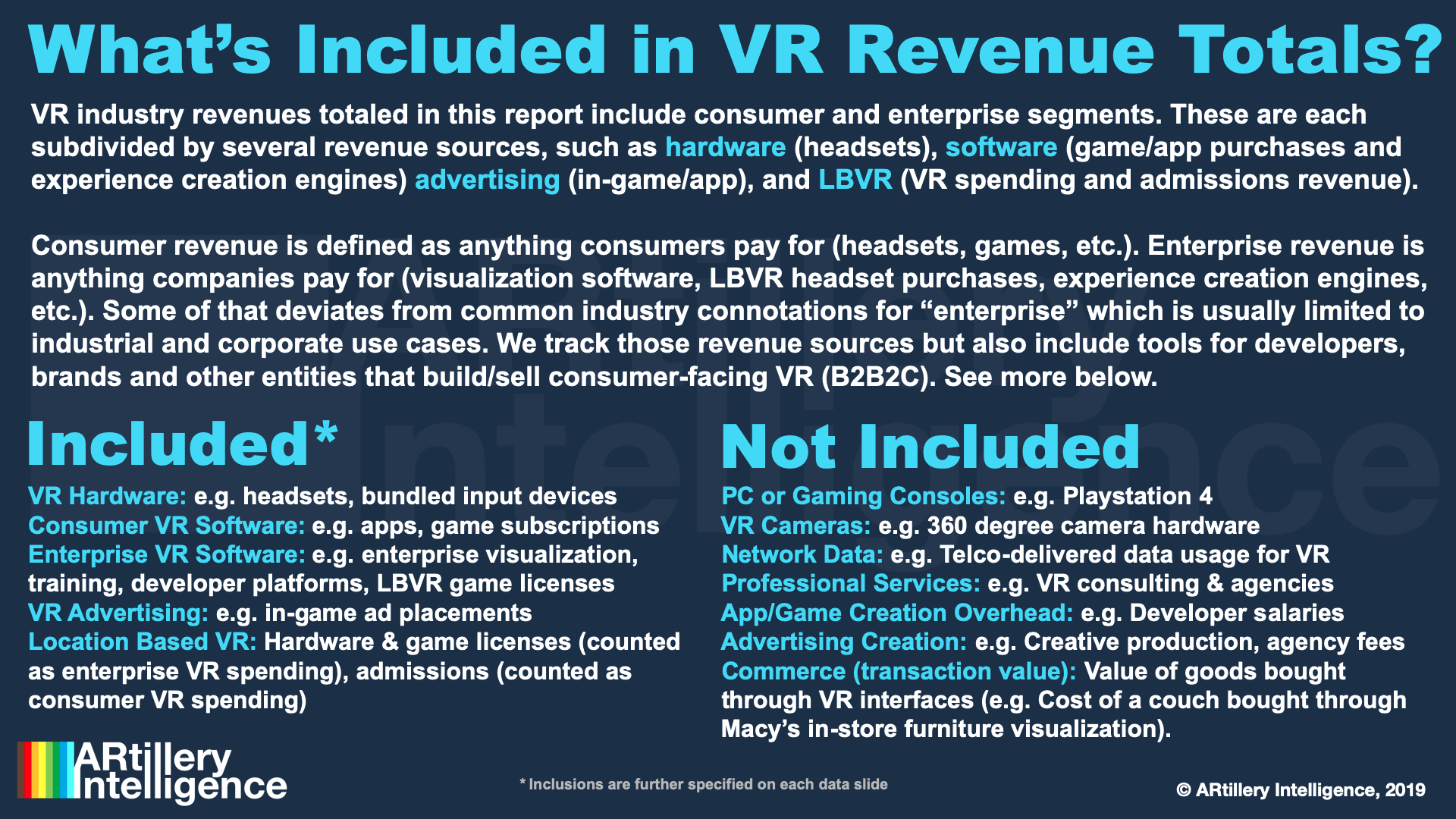Apple recently featured Healium's augmented reality meditation app that's powered by EEG brainwaves and heart rate
Three or four times a week, whenever he needs to calm his mind, Steve Mills launches the Healium AR app on his iPhone. His favorite spot to use it is in a park on the banks of the slowly churning Mississippi River in Memphis, Tennessee.
“Sometimes I walk down to the riverfront here and sit on a bench and look at the water,” says Mills, as he motions to the app, open on his phone. “And using this just puts me in a really good state of mind.”
Mills starts one of Healium AR’s guided meditations by first syncing his Apple Watch, which transmits his heart rate to the app. As he takes deeper breaths, his heart rate slows, and a solar system of planets illuminates in front of him, thanks to the app’s use of augmented reality (AR). Healium AR blends storytelling, neuroscience and game design so users can harness their feelings to power virtual worlds and find a sense of calm.
“It’s cumulative, it builds up over time but you learn how to deal with it. I have several outlets. Healium AR is one of them.”
In these moments, he says, he is able to clear his thoughts, and quiet his memories.
“I’m not afraid of the memories,” says Mills, who is a commander in the US Navy. “But I have to control them.”
Mills has spent a collective 29 years in the military — 10 as an Air Force firefighter, and 19 in his current role as a Navy chaplain. His service has taken him all over the world, including deployments to Iraq, Afghanistan and long stretches on aircraft carriers where he helped counsel a floating city of thousands of military personnel. He supports families who receive news that their loved ones aren’t coming home, and sailors who are waging battles long after they leave the war zone.
In 2008, Mills came back from Iraq and started working to complete his doctorate in ministry, which focused on combat stress. He took a group of Navy veterans through three months of counseling, using Bible verse as a healing tool. While studying how to help others cope with their trauma, he started having panic attacks of his own.
Around the same time, in another part of the country, television journalist Sarah Hill was also confronting anxiety, beginning a chain of events that would lead her to develop Healium AR.
The Missouri native had been reporting on a never-ending stream of violence and tragedies for almost 20 years when her panic attacks began. “I lived by a police scanner,” Hill says. “Ultimately, consuming that much negativity made me sick.”
She reached out to Dr. Jeff Tarrant, a family friend and licensed psychologist who was exploring what was then an emerging field: neurofeedback. He hooked Hill up to an electroencephalogram (EEG) machine, which uses electrodes placed on the scalp to map electrical activity in the brain. Tarrant paid particular attention to Hill’s anterior cingulate cortex (ACC), the part of the brain that is responsible for, among other things, focus and holding attention.
“Anxiety is basically holding a thought or a feeling for too long and repeating it over and over again,” says Tarrant. “So the ACC gets overheated because people are hyperfocused on certain thoughts and feelings and they can’t let them go. And so we wanted to see, can we quiet this down?”
Tarrant designed a program for Hill to use at home with a laptop and electrodes. She had to keep an animated airplane above a specific threshold on the screen. When she succeeded, it was because she was calming her frontal lobe brain activity, which includes the ACC.
It worked. Over time, Hill was able to stop the panic attacks and start sleeping again.
Inspired by the experience, she eventually left journalism and started working with a veterans organization that used virtual reality (VR) and AR to transport those who were physically unable to travel to Washington, D.C. to visit the city’s war memorials. During those experiences, Hill started noticing a physical change in the veterans.
“You would see it in their bodies,” Hill says. “[They] would relax, their bodies would soften, their breathing would appear to slow. Now I’m not a scientist, so that’s why I reached out to Jeff to say, ‘Can you study what these experiences are doing to [veterans’] physiology?’”
Together, they started to explore the effects that VR and AR could have on mood and stress. They coupled that knowledge with the neurofeedback program Tarrant had designed to relieve Hill’s anxiety years before. The result: Healium AR.
“That same concept of using neurofeedback is what we built into Healium, combining [Tarrant’s] brain-based principles with our stories and game design,” says Hill. “But we stripped away all of the barriers to entry and made it easier to understand and more accessible, simply with an Apple Watch and your heart rate.”
Earlier this year, Hill attended Apple Entrepreneur Camp, designed to help app-driven businesses founded and led by women. While there, the team workshopped and redesigned Healium AR to help it reach even more users, even more effectively. The updated app recently relaunched in the App Store.
Both Hill and Tarrant are quick to point out that Healium AR is not a replacement for medical therapy or medication. Over the last few years, Tarrant has published three studies with a fourth on the way showing that the app can reduce anxiety and increase a feeling of well-being for users in as little as four minutes.
That comes as no surprise to Mills, who now counts Healium AR as one of the tools he uses to stay healthy — mentally and physically.
“Somebody asked me one time, ‘Chaplain how do you deal with all of that death, what do you do?’” Mills says. “It’s cumulative, it builds up over time but you learn how to deal with it. I have several outlets. Healium AR is one of them.”
That means a great deal to Hill and her team.
“It’s emotional for me to hear it has such an impact,” Hill says. “What greater gift than to provide something for someone who is sacrificing everything to ensure our safety. It’s our honor to do this for our veterans.”
Source


